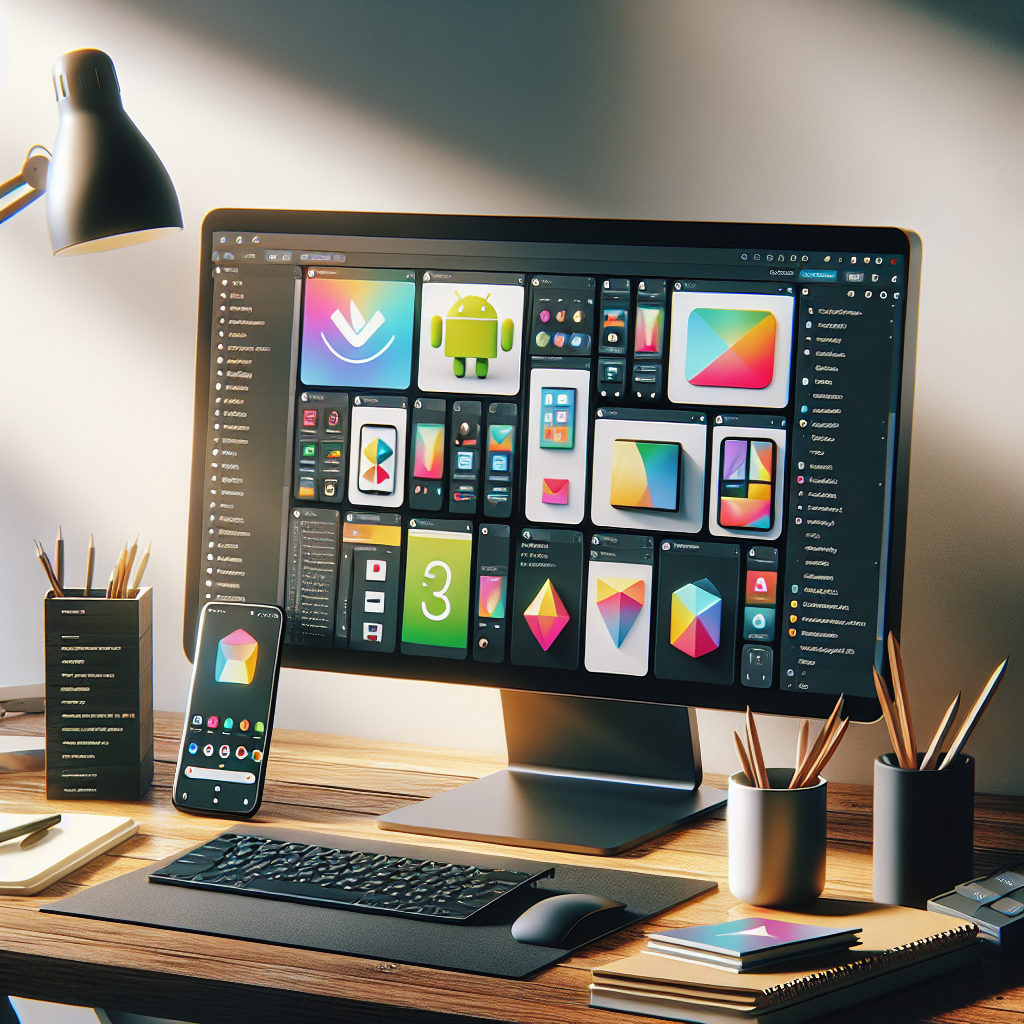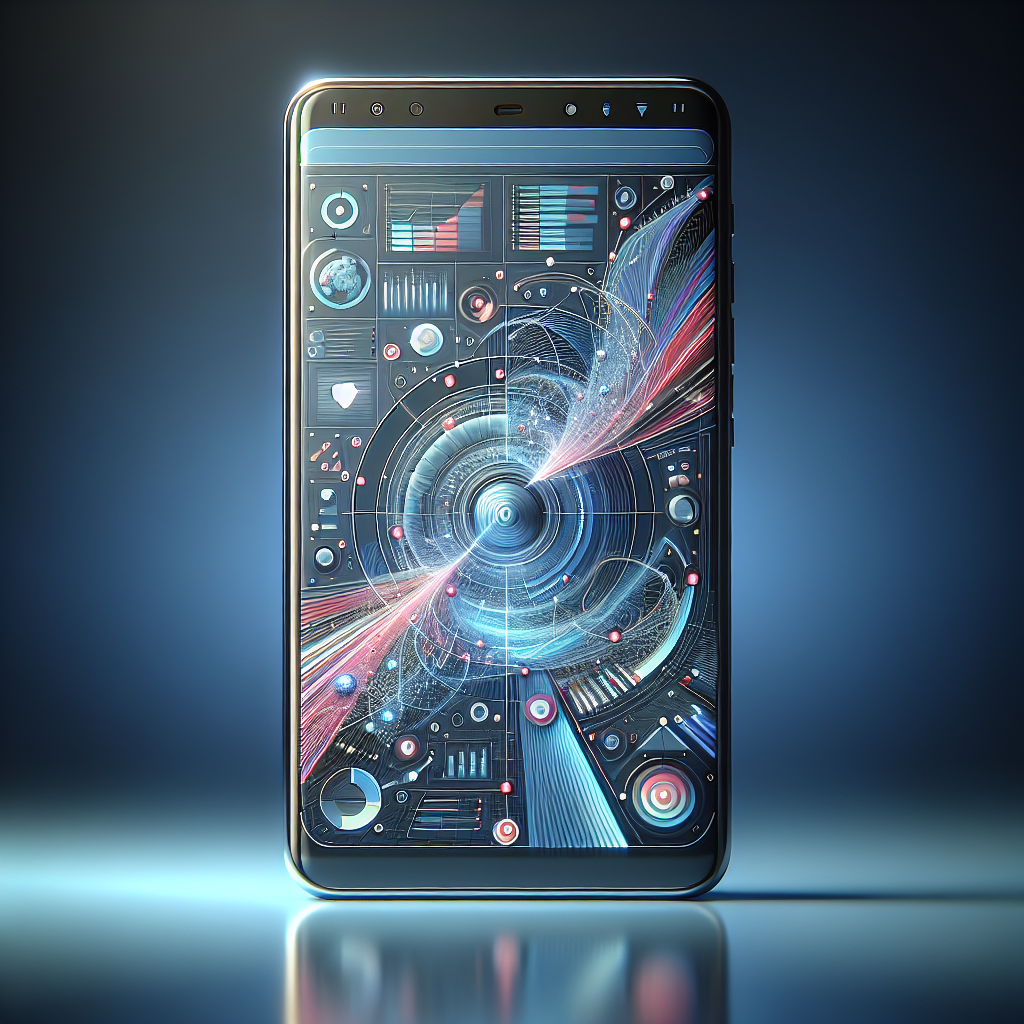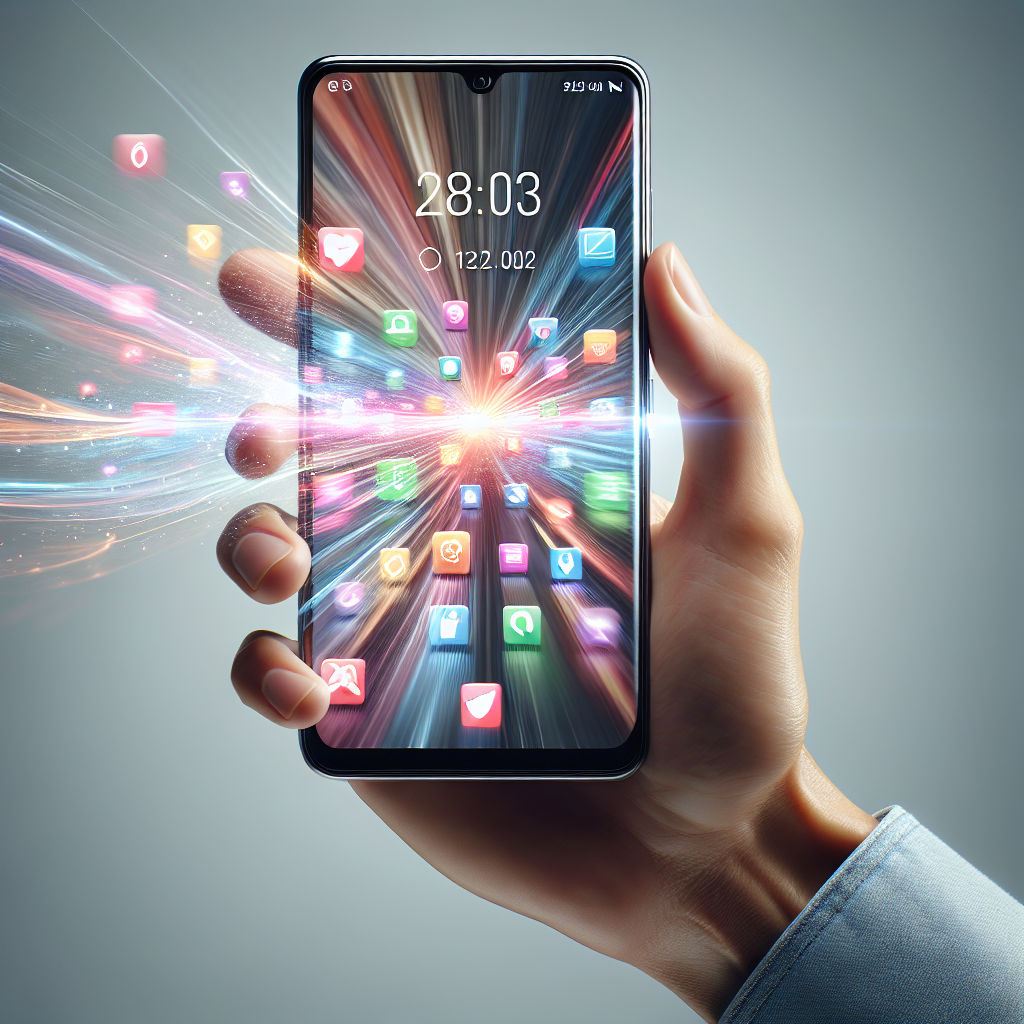What Is the Meaning of Custom Mobile? Find Out Here!
Welcome to the world of custom mobile app development! As technology continues to evolve, businesses and entrepreneurs are increasingly recognizing the importance of having a mobile presence. But what exactly does ‘custom mobile’ mean, and why is it so crucial in today’s digital landscape?
In essence, custom mobile refers to the creation of mobile applications that are specifically tailored to meet the unique needs and goals of a business or individual. Unlike off-the-shelf solutions, which offer generic functionalities and limited customization options, custom mobile apps are designed from the ground up to provide a personalized user experience. This means that every element, from the user interface (UI) to the backend processes, is crafted to align with the specific requirements and preferences of the client.
The significance of custom mobile solutions cannot be overstated. They offer a myriad of benefits, including enhanced performance, improved security, and the ability to integrate seamlessly with existing systems. Furthermore, custom mobile apps can be designed to support advanced features such as real-time data analysis, personalized content delivery, and sophisticated user engagement strategies.
At NS804, we specialize in transforming your ideas into high-quality custom mobile applications. Our expert team leverages the latest technologies and agile methodologies to ensure that your app not only meets but exceeds your expectations. Whether you’re a startup looking to make a splash in the market or an established business aiming to enhance your digital footprint, we’ve got you covered.
Get a free quote today and take the first step towards creating a custom mobile app that stands out in the competitive landscape!
Understanding Custom Mobile Development

To truly appreciate the meaning of custom mobile development, it’s essential to understand the process and the components that make it distinct from standard app development. Custom mobile development involves several key stages, each meticulously planned and executed to create a product that is tailored to the client’s precise needs.
The journey begins with a thorough discovery phase, where developers and stakeholders collaborate to define the app’s objectives, target audience, and core functionalities. This stage is crucial as it sets the foundation for the entire project. Detailed requirements gathering ensures that every aspect of the app aligns with the business goals and user expectations.
Next, the design phase focuses on crafting an intuitive and visually appealing user interface (UI). Custom mobile development prioritizes user experience (UX), ensuring that the app is not only functional but also engaging and easy to navigate. Wireframes and prototypes are often created during this stage to visualize the app’s layout and flow.
The development phase is where the magic happens. Skilled developers use advanced programming languages and frameworks, such as Java, Objective-C, and Swift, to build the app. This phase involves coding both the front-end and back-end components, integrating databases, and implementing security measures.
Once the app is developed, rigorous testing is conducted to identify and fix any bugs or issues. Quality assurance ensures that the app performs optimally across different devices and operating systems. After successful testing, the app is deployed to app stores, where users can download and utilize it.
Post-launch, custom mobile development doesn’t stop. Ongoing support and maintenance are provided to address any emerging issues, implement updates, and ensure the app continues to deliver value over time. This comprehensive approach ensures that the app remains relevant and effective in meeting the evolving needs of its users.
Benefits of Custom Mobile Applications
Opting for custom mobile applications provides a multitude of advantages that can significantly enhance both business operations and user satisfaction. These benefits stem from the tailored nature of custom apps, which are designed to meet specific requirements and deliver unique functionalities.
One of the primary benefits is the ability to offer a personalized user experience. Custom apps are built with the target audience in mind, ensuring that the interface, features, and overall user journey are optimized to meet their preferences and needs. This personalization can lead to higher user engagement and retention rates.
Another key advantage is seamless integration with existing systems and processes. Custom mobile applications can be designed to work in harmony with the software and tools already in use within an organization. This ensures a smooth workflow and can enhance productivity by reducing the need for multiple disjointed systems.
Security is another critical benefit. Custom apps can incorporate advanced security features tailored to the specific requirements of the business. This can include data encryption, secure user authentication, and compliance with industry standards, providing peace of mind that sensitive information is well-protected.
Scalability is also a significant advantage. Custom mobile applications can be designed with future growth in mind, allowing for easy updates and the addition of new features as the business evolves. This flexibility ensures that the app remains relevant and continues to meet the needs of the business over time.
Additionally, custom mobile applications can provide a competitive edge. By offering unique functionalities and a superior user experience, businesses can differentiate themselves from competitors. This can be particularly important in crowded markets where standing out can make a significant difference.
Cost-efficiency is another benefit worth noting. While the initial investment in custom app development may be higher than off-the-shelf solutions, the long-term savings can be substantial. Custom apps reduce the need for ongoing licensing fees and can be more efficient in terms of performance and maintenance.
Key Features of Custom Mobile Apps

When it comes to custom mobile apps, certain key features set them apart from generic, off-the-shelf applications. These features are designed to provide a tailored experience that aligns perfectly with the unique needs and goals of a business.
Personalized User Interface (UI): A custom mobile app offers a user interface that is specifically designed to match the brand identity and user preferences. This not only enhances the visual appeal but also makes the app more intuitive and user-friendly.
Advanced Security Measures: Security is a top priority in custom mobile app development. Features such as data encryption, secure user authentication, and compliance with industry-specific regulations can be integrated to protect sensitive information and ensure user privacy.
Seamless Integration: Custom mobile apps can be seamlessly integrated with existing business systems and software. This ensures a cohesive workflow and enables the app to function as an extension of the business’s digital ecosystem.
Scalability: Scalability is a crucial feature of custom apps. They are designed with future growth in mind, allowing for easy updates and the addition of new functionalities as the business evolves. This ensures that the app remains relevant and effective over time.
Offline Functionality: Unlike many generic apps, custom mobile apps can be designed to offer offline functionality. This means that users can access essential features and information even without an internet connection, enhancing the app’s usability and reliability.
Push Notifications: Custom mobile apps often include push notifications as a feature. These notifications can be tailored to the user’s preferences and behavior, providing timely and relevant information that can boost engagement and retention.
Analytics and Reporting: Custom apps can include advanced analytics and reporting features. These tools allow businesses to track user behavior, monitor app performance, and gain valuable insights that can inform future updates and marketing strategies.
Customizable Features: One of the most significant advantages of custom mobile apps is the ability to include features that are specifically relevant to the business. Whether it’s a unique payment gateway, a bespoke booking system, or specialized customer support options, custom apps can be designed to meet precise needs.
Custom Mobile Development Process

Understanding the custom mobile development process is crucial for businesses looking to build tailored mobile solutions. This process involves several stages, each designed to ensure that the final product not only meets but exceeds client expectations.
Initial Consultation and Requirement Gathering: The development process begins with an in-depth consultation to understand the client’s needs, goals, and vision for the app. This stage involves gathering detailed requirements and identifying key functionalities that the app must include.
Planning and Strategy: After gathering requirements, the next step is to create a comprehensive project plan. This includes defining the project scope, setting timelines, outlining the development milestones, and allocating resources. A well-thought-out strategy ensures that the project stays on track and within budget.
Design and Prototyping: The design phase involves creating wireframes and prototypes that provide a visual representation of the app’s layout and user interface. This stage is crucial for ensuring that the app’s design aligns with the client’s brand and user experience expectations. Feedback is gathered and incorporated to refine the design.
Development: During the development phase, the app’s functionalities are coded and integrated. This stage involves front-end and back-end development, ensuring that the app is both visually appealing and functionally robust. Agile methodologies are often employed to allow for iterative development and continuous feedback.
Testing and Quality Assurance: Once the app has been developed, rigorous testing is conducted to identify and fix any bugs or issues. Various testing methods, including unit testing, integration testing, and user acceptance testing, are used to ensure that the app performs flawlessly across different devices and operating systems.
Deployment: After successful testing, the app is prepared for deployment. This involves submitting the app to app stores (Google Play and Apple App Store) and ensuring that it meets all the necessary guidelines and requirements. The deployment stage also includes setting up the backend infrastructure and configuring any necessary servers.
Maintenance and Updates: Post-deployment, the custom mobile app requires ongoing maintenance and updates to keep it running smoothly and securely. This stage involves monitoring the app’s performance, addressing any issues that arise, and implementing updates based on user feedback and technological advancements.
By following these structured stages, businesses can ensure that their custom mobile app is developed efficiently and effectively, resulting in a high-quality product that delivers exceptional value and performance.
Choosing the Right Development Partner

Selecting the right development partner is pivotal to the success of your custom mobile app project. The right partner will not only bring technical expertise but also align with your vision and business goals, ensuring a smooth and successful development journey.
Experience and Expertise: Look for a development firm with a proven track record in custom mobile app development. Check their portfolio to see if they have experience creating apps similar to what you envision. Expertise in the latest technologies and agile methodologies is also crucial for efficient and innovative app development.
Client Collaboration: A good development partner values client collaboration and maintains transparency throughout the project. They should involve you in every stage, from requirement gathering to design, development, and testing. Open communication ensures that the final product meets your expectations and requirements.
Reputation and Reviews: Research the firm’s reputation by reading client testimonials and reviews. Positive feedback and high client satisfaction rates are indicators of reliability and quality. You can also ask for references to get firsthand insights into their work ethics and performance.
Post-Launch Support: Ensure that the development partner offers comprehensive post-launch support, including maintenance, updates, and troubleshooting. This ongoing support is essential to keep your app running smoothly and adapting to user feedback and technological changes.
Cost and Value: While budget considerations are important, don’t compromise on quality. The right development partner will offer a balance of cost and value, delivering a high-performance app within your budget constraints. Transparent pricing and a clear understanding of the project scope help avoid unexpected costs.
Choosing the right development partner can significantly impact the success of your custom mobile app. By considering these factors, you can find a partner who not only meets your technical needs but also supports your vision and business goals.
Ready to start your custom mobile app project? Get a free quote from NS804 today and bring your vision to life.




































